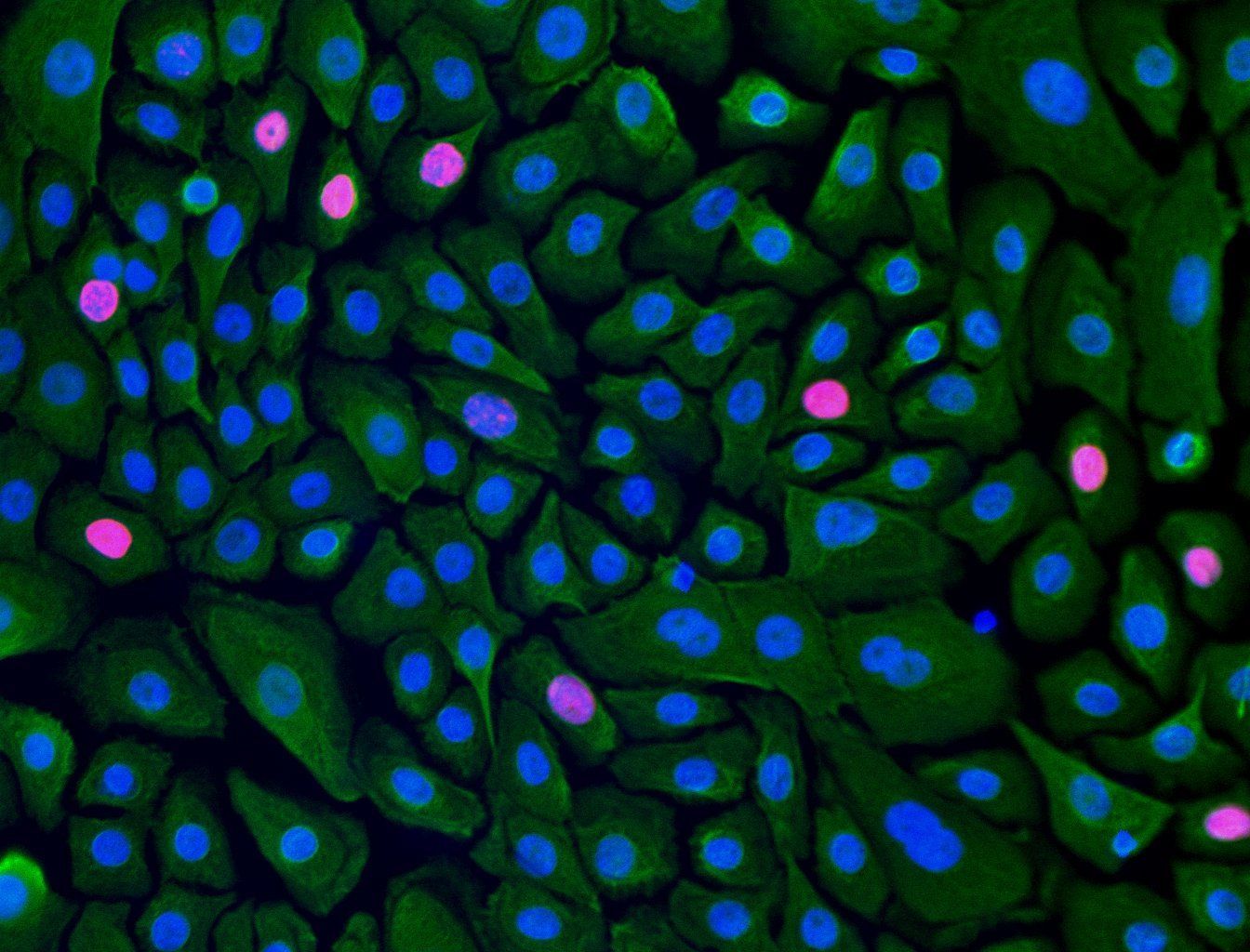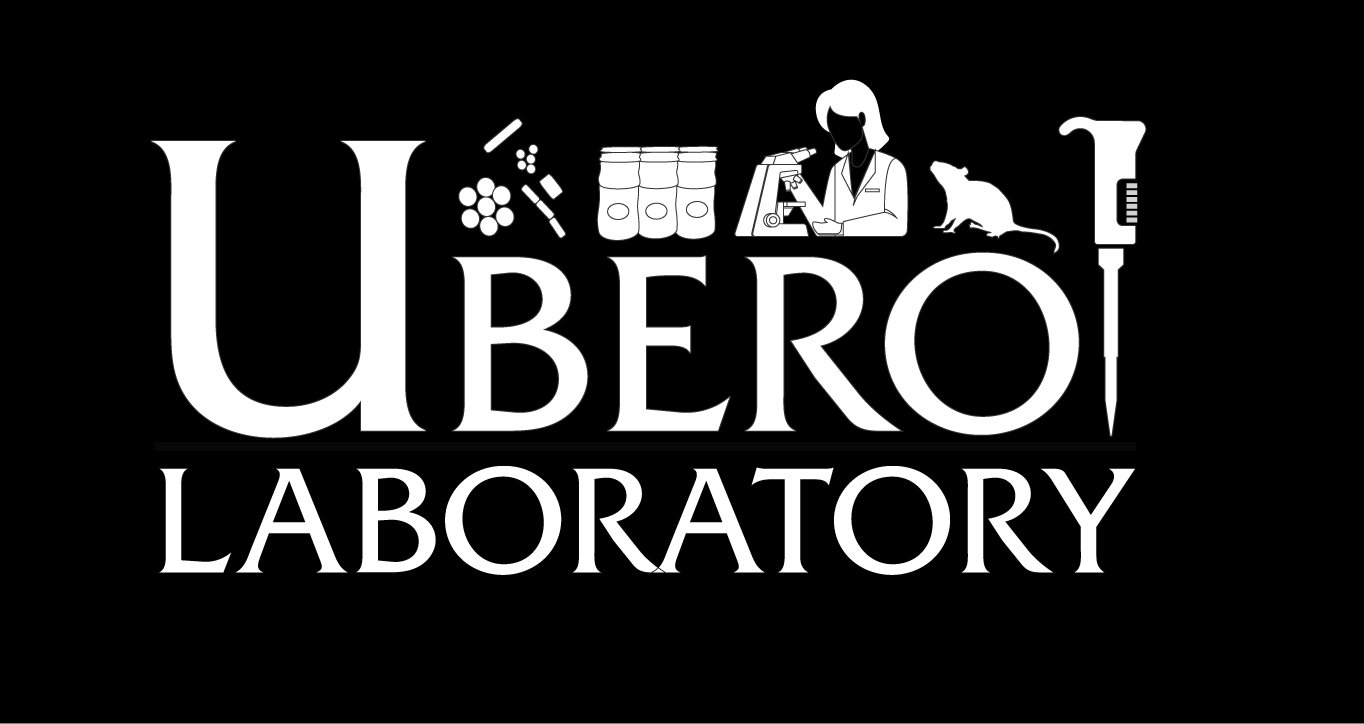
Vision
We want to understand how microbes interact with humans so that we can identify new strategies to improve health. Our research integrates 'skinomics', metagenomics and host-microbial genetics to address how microbes influence skin physiology.
Mission
-
We strive to expand scientific knowledge by developing innovative scientific frameworks and tools. By pushing the boundaries of research, we aim to unravel new insights into the complex interactions between the environment, host, and microbiome.
-
We are dedicated to nurturing the next generation of scientists. Through mentorship, education, and hands-on training, we aim to equip aspiring researchers with the skills and knowledge necessary to make significant contributions to the field.
-
We are committed to making our discoveries and advances accessible to the scientific community and society as a whole. By sharing our findings through open-access publications, conferences, and collaborations, we aim to foster dialogue and accelerate progress in the field.
Why is there an Uberoi lab?
The first time I worked in a laboratory, I was filled with wonder… I believed that the day I could formulate enough intriguing scientific questions that I alone could not conduct all the experiments for, I could contemplate becoming a Principal Investigator. At the same time, I thought, if it is not fun, there’s no point going down this road. It is this thought that has led to the genesis of the Uberoi lab: where we ask interesting questions in science, and have fun while doing it.
The first question that arises: why do I think there are enough ideas for there to be a lab?
We estimate that Earth is inhabited by 10¹¹–10¹² microbial species…To move forward, biologists will need to push beyond current computational limits and increase their investment in collaborative sampling efforts to catalog Earth’s microbial diversity. For context, ∼10⁴ species have been cultured, less than 10⁵ species are represented by classified sequences, and the entirety of the EMP (Earth microbiome project) has cataloged less than 10⁷ species, 29% of which were only detected twice.
What I took from the concluding paragraph from Locey and Lennon's paper was that there are 10¹¹–10¹² potential research avenues. If we played it really safe, by only working with fully sequenced, cultured species we still have approximately 10⁴ feasible ideas to explore if we err on the side of caution. Furthermore, the plan is to examine the interactions between microbes, their hosts, and the environment, which suggests that the research team has a wide range of possibilities to explore. Given these circumstances, it seems to me that we are well-positioned to proceed with our research objectives.
The second, and more pertinent question is, how will we have fun ?
No matter how dreary the day is, or how tired you are, I promise that I will help you keep up the spirits by random jokes, or food, or whatever. But how we will make this a fun journey is by working together as a team, talking to other labs, traveling together, making new friends, pursuing interests and hobbies, and bringing our creativity to lab… but importantly, pursuing projects and questions that excite us to get us out of the bed, and creating a lab environment that makes it fun to come to work. There will be rainy days, deadlines, academic pressures, but we will get through them, and I will support you no matter what.
Aayushi Uberoi
July 1, 2023


